In the field of horizontal directional drilling (HDD), low-medium weathered rock formations have long been a challenging problem for many operators. However, by mastering the correct techniques and methods, horizontal directional drilling in low-medium weathered rock formations can achieve smooth and efficient progress. This article reveals these key techniques to help you handle HDD operations in low-medium weathered rock formations with ease.
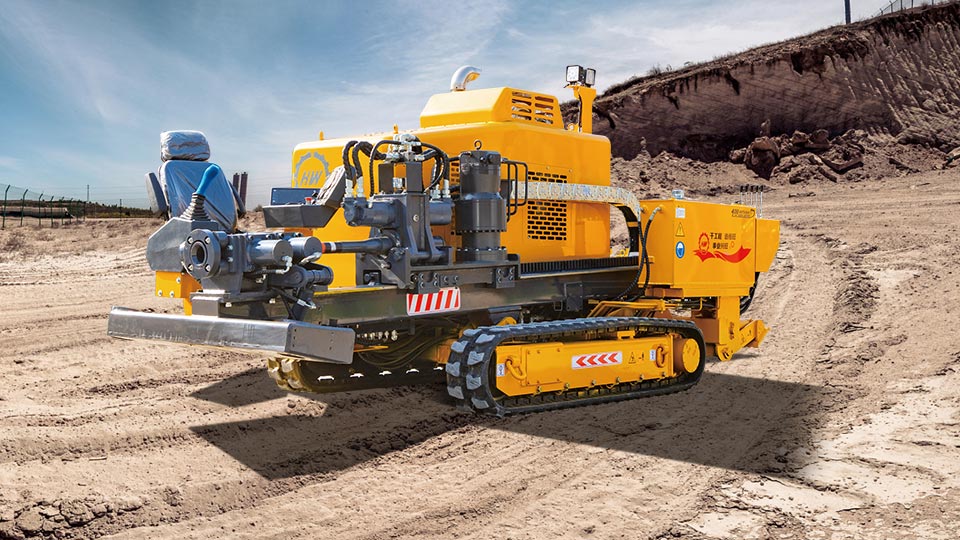
1. Equipment Selection is Crucial
For HDD operations in low-medium weathered rock formations, the primary consideration is choosing the right drilling rig. Although these rock formations have medium strength, they feature unevenness and localized high hardness. Therefore, the rig must have sufficient thrust and torque. It is recommended to select equipment with rated thrust above 50 tons and torque exceeding 15,000 N·m to ensure smooth HDD operations in low-medium weathered rock formations.
2. Bit Selection and Optimization
In HDD operations in low-medium weathered rock formations, bit selection directly affects drilling efficiency. The following specialized tools are particularly recommended:
(1) Eagle Claw Guidance Bit: Specially designed for low-medium weathered rock formations, its unique claw-shaped structure effectively fractures rock while maintaining excellent steering performance, especially outstanding in areas with developed rock fractures.
(2) Tri-cone Bit: A traditional choice suitable for medium-hard rock formations, known for high reliability.
(3) PDC Bit: Excellent performance in homogeneous rock formations with fast drilling speed.
(4) Hybrid Bit: Combines the advantages of multiple bit types for greater adaptability.
(5) For hard soil layer operations, the Flow Channel Reamer is recommended. Its specially designed flow channels effectively discharge cuttings, reduce clogging risks, and improve reaming efficiency.
3. Scientific Adjustment of Mud Formulation
Drilling fluid plays multiple roles in HDD in low-medium weathered rock formations: lubrication, cooling, cuttings transport, and borehole wall stabilization. For these formations, it is recommended to:
(1) Increase mud viscosity to 45-55 seconds
(2) Add appropriate lubricants to reduce friction, especially when using Eagle Claw Guidance Bits
(3) Control solid content at 6-8%
(4) Adjust pH value according to rock characteristics
4. Scientific Control of Drilling Parameters
Parameter control is particularly critical in HDD operations in low-medium weathered rock formations:
(1) When using Eagle Claw Guidance Bits, maintain rotation speed at 50-80 rpm
(2) Thrust: Adjust according to bit diameter, typically 3-5 tons per inch of diameter
(3) Pullback force: Keep stable, avoiding sudden changes
(4) Pump pressure: Monitor changes closely and adjust promptly
(5) When using Flow Channel Reamers, appropriately reduce rotation speed and increase mud flow rate
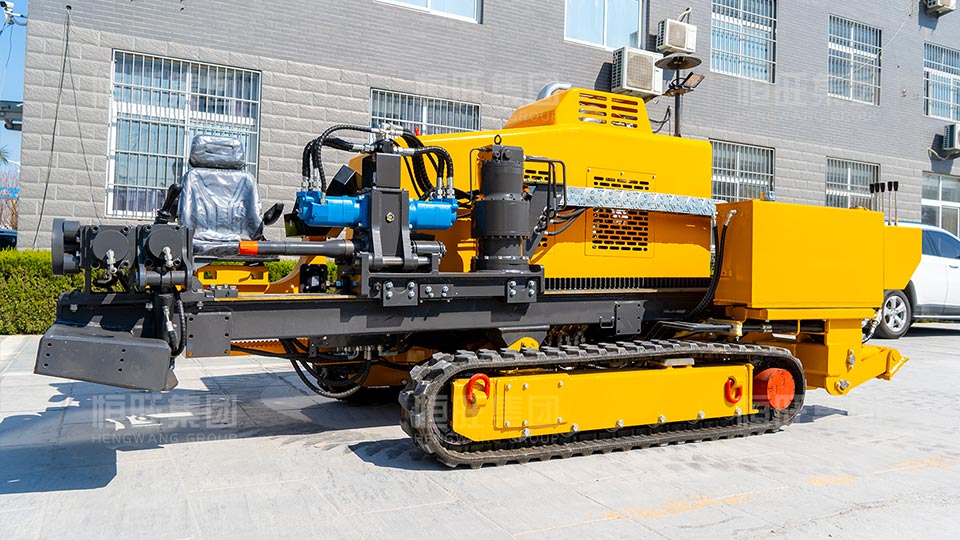
5. Precise Trajectory Control Management
During HDD in low-medium weathered rock formations, trajectory control requires greater precision. Recommendations include:
(1) Conduct inclination surveys every 3-5 meters
(2) Adopt a "small-angle continuous adjustment" strategy
(3) Avoid sharp turns
(4) Predict rock formation changes in advance
(5) When using Eagle Claw Guidance Bits, utilize their excellent steering performance for fine adjustments
6. Common Problems and Solutions
Even with skilled operation, HDD in low-medium weathered rock formations may encounter issues:
(1) Bit sticking: Immediately stop advancing, attempt rotation and flushing. If using Flow Channel Reamers, check for channel blockages.
(2) Deviation: Use correction tools or adjust drilling parameters. Eagle Claw Guidance Bits demonstrate more stable performance in such situations.
(3) Efficiency decline: Check bit wear, especially the claw teeth wear on Eagle Claw Guidance Bits.
(4) Mud loss: Add lost circulation materials or adjust formulation.
Introduction to Hengwang Group's HWF135 Horizontal Directional Drill
In the field of HDD in low-medium weathered rock formations, Hengwang Group's HWF135 Horizontal Directional Drill performs exceptionally. This equipment has maximum thrust of 135 tons and torque up to 35,000 N·m, equipped with intelligent control systems and efficient mud circulation systems, making it particularly suitable for complex rock formation operations. Its powerful power output can fully utilize the performance advantages of Eagle Claw Guidance Bits and Flow Channel Reamers, making it an ideal choice for tackling challenges in HDD in low-medium weathered rock formations. The modular design facilitates transportation and on-site assembly, with user-friendly operation interfaces that significantly improve construction efficiency.
By applying the above techniques and equipment selection, especially the rational use of specialized tools like Eagle Claw Guidance Bits and Flow Channel Reamers, you will be more adept at handling HDD operations in low-medium weathered rock formations, achieving efficient and safe drilling operations.

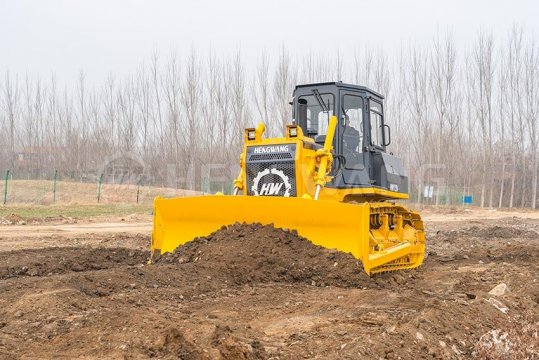 Bulldozer Blade Types: Core Configuration for Adapting to Different Operating Scenarios
Bulldozer Blade Types: Core Configuration for Adapting to Different Operating Scenarios
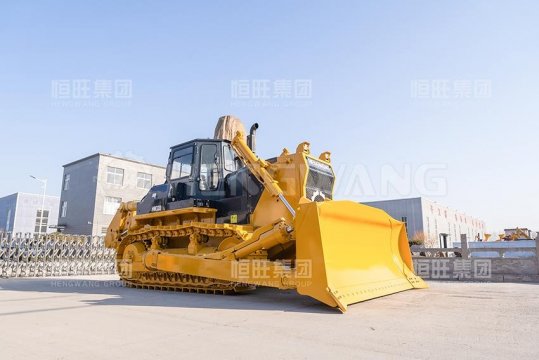 Swamp bulldozer: An Efficient Solution for Operations in Muddy Environments
Swamp bulldozer: An Efficient Solution for Operations in Muddy Environments
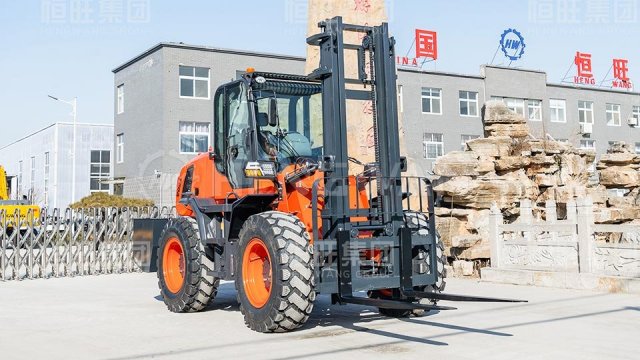 Rough terrain forklift with highest load capacity: A High-performance Solution for Heavy-duty Outdoor Operations
Rough terrain forklift with highest load capacity: A High-performance Solution for Heavy-duty Outdoor Operations